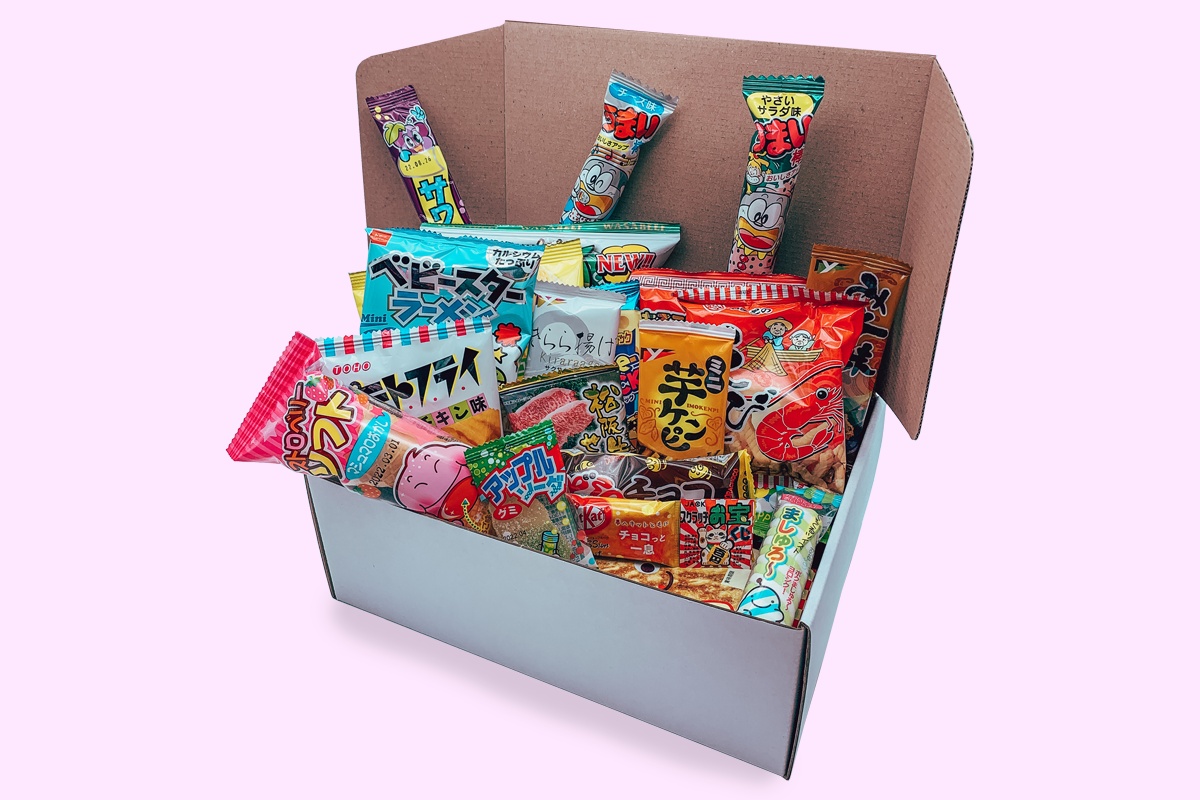Discover The Best Japanese Candy of 2024
Updated by Brittany Vincent
Sugar-lovers enter a whole new world of tasty delights when sampling the best Japanese candy of 2022. These quirky confections are quite adventurous compared to their counterparts found on American shelves, offering a wider variety of tastes, textures, and flavors.
Deciding which Japanese candy is the best for you is a task that should be taken seriously. While there are plenty of delectable treats, we’re here to help narrow down the best place to start in the Japanese candy universe for sweet-treat connoisseurs.

Daifuku Mochi
One of Japan's staple sweets is daifuku mochi . These rice cakes walk the line between candy and dessert and can be stuffed with any number of fillings, the most common being a sweetened red bean paste. You can also get them filled with ice cream, which puts a unique spin on this iconic snack.
Hi-Chew
Hi-Chew is one of the more common Japanese candies and can easily be found in the United States. There are a wide variety of flavors—from kiwi to rainbow sherbet—and they have a chewy texture that sits somewhere between gum and Starbursts. These are a great first-time sweet for someone who wants to dip their toe into the world of Japanese candy without getting too far outside their comfort zone.
Kasugai Frutia Gummy Candy
There are a lot of fruit-forward gummy candies in Japan, but our pick is Frutia from Kasugai . These soft and juicy gummies come in a variety of fruit flavors like grape, mango, peach, and watermelon—but we recommend lychee.
Kit-Kats
In most of the world, Kit-Kat is known for its milk chocolate flavor. However, in Japan, the sky's the limit when it comes to Kit Kats. Since 2000, over 300 limited-edition flavors have been produced in Japan, from apple, banana, and blueberry cheesecake to corn, green bean, miso soup, and sake. Our favorite is matcha, which incorporates Japan's famous green tea for a unique and delicious treat.

Kracie Popin' Cookin' DIY Candy
** Kracie's Popin' Cookin' candy kits **make snacking interactive, tasking eaters with taking base ingredients and turning them into the adorable candy creations seen on the front of their packaging. Most of the time, this is just a matter of mixing the right powder with the proper ratio of water, making it easy enough for adults or kids to enjoy. Don't expect a gourmet experience, though: the big attraction is the novelty of making your own candy, not the candy itself.
Meito Puku Puku Tai Wafer
Meito's Puku Puku Tai wafers emulate the traditional taiyaki fish-shaped cakes that are typically filled with red bean paste. Puku Puku Tais are approachable for Japanese candy newcomers , and can be found with lemonade, strawberry, and chocolate-flavored red bean filling—an excellent contrast to the airy wafer outer shell.

Pocky
Most people's first exposure to Japanese candy is through—you guessed it!—Pocky. These coated biscuit sticks are loved worldwide, but many varieties are exclusive to their native Japan. There you can get a variety of different flavors such as :
- Apple Yogurt
- Banana
- Berry
- Brazilian pudding
- Corn on the cob
- Cream cheese
- Five-fusion berry
- Giant Mikan
- Green tea
- Hazelnut
- Honey and Milk
- Kinako
- Pineapple
- Powdered Tea Azuki Bean
- Pumpkin
- Sweet Potato
- Tomato
- Yubari Melon
- and more!
Ramune Soda Candy
Ramune soda is incredibly popular in Japan, and this candy perfectly captures its fresh citrus flavor. The texture and consistency is similar to bubbly-sweet Smarties, making it a great, no-frills treat with a uniquely Japanese taste.
Nobel Otoko Ume Gummy Candy
Otoko Ume gummies are uniquely Japanese because their flavor comes from ume plums , which are much tarter and more bitter than those found in American grocery stores. The fruit lends this well-rounded gummy candy a unique blend of sweet and sour with a subtle and refined taste.















